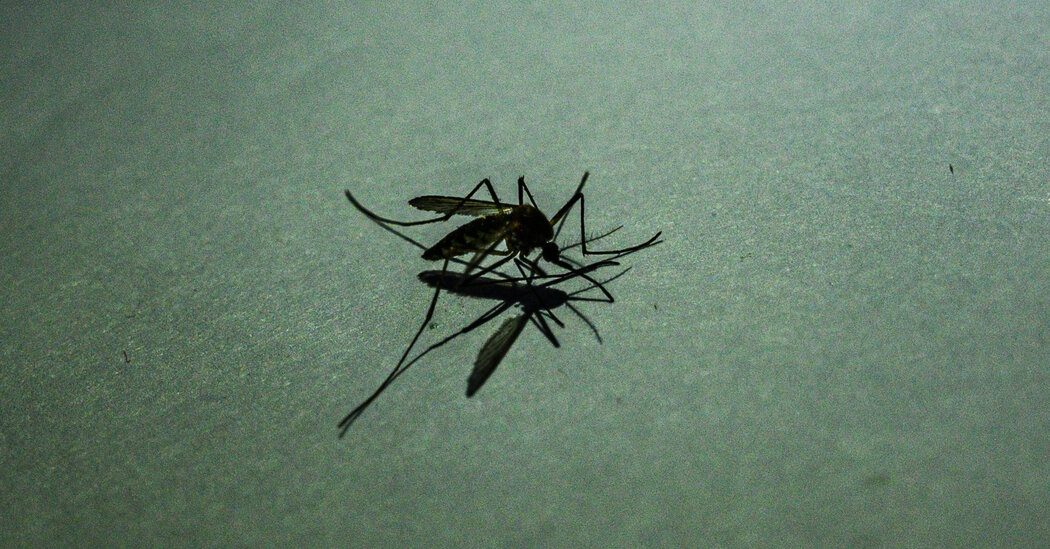
Ticks that transmit Lyme disease, for example, are dramatically expanding their range in the northern United States. Bats are also on the move, and with them diseases that they transmit, such as rabies.
In the Northeast, lobsters are dying of a fungal disease linked to warming, and fish are migrating north or into deeper waters in search of cooler temperatures. That leaves seabirds like puffins with a dwindling food supply and forces commercial fisheries to switch to new types of catch.
“Often we reduce the impacts of climate change down to the world just generally getting warmer, and we don’t often think about the vastly interconnected world in which we live,” said Morgan Tingley, an ecologist at the University of California, Los Angeles.
While species have been redistributed on the planet for millions of years in response to the climate, the changes are now “happening radically fast,” Dr. Tingley said. “That is not going to work well for a lot of species, and it’s not going to go very well in terms of the stability of ecosystems.”
In Hawaii, the invasion of new mosquito species threatens two endangered species of birds with avian malaria: the ‘akeke’e and the ‘akikiki. There are fewer than 1,000 ‘akeke’es and fewer than 50 ‘akikikis; the latter have declined precipitously in recent years and are expected to become extinct this decade, Dr. Tingley said.
He and other researchers underscored the importance of collecting data to understand exactly how and how fast mosquitoes and other disease carriers are moving across the world. Warmer climates are expected to be advantageous for mosquitoes because they, and the parasites they carry, reproduce faster at higher temperatures.
“We live in a world that is 1.2 degrees warmer, and we haven’t really checked if that is starting to happen,” Dr. Carlson said.
